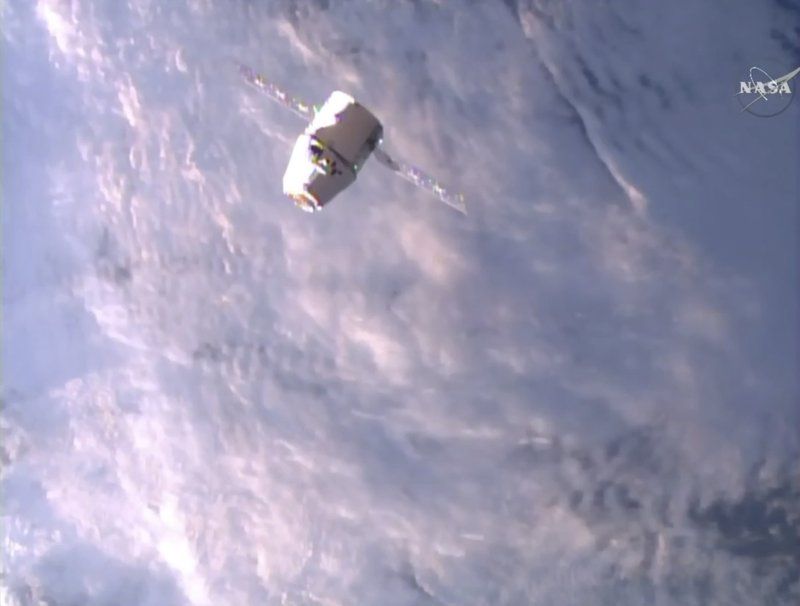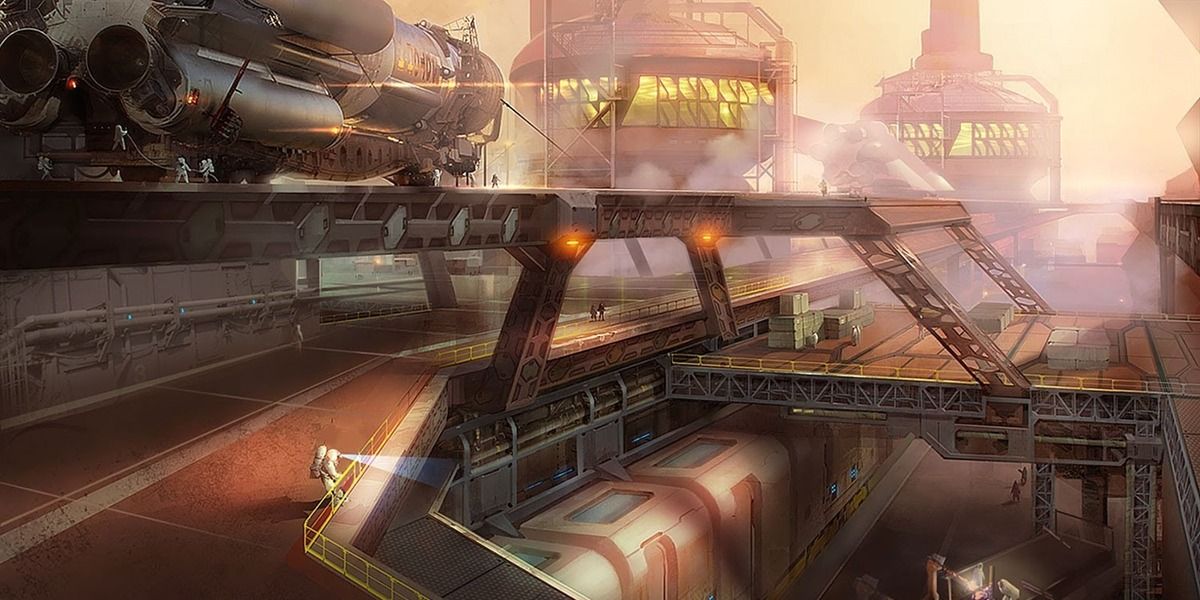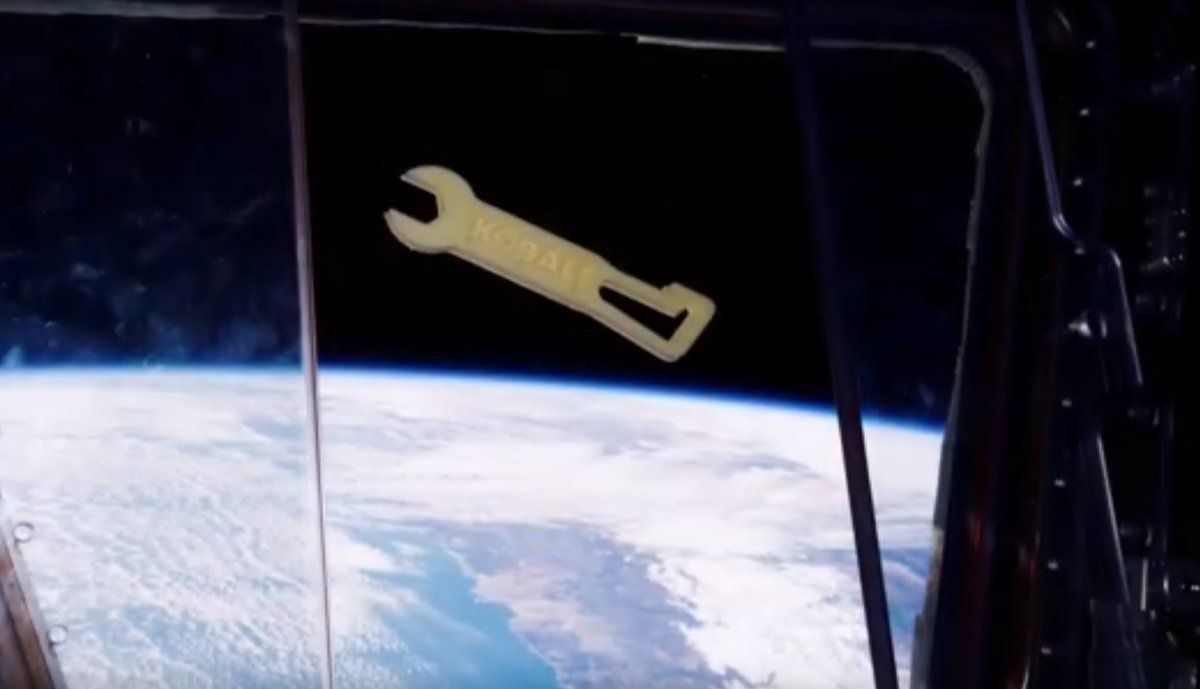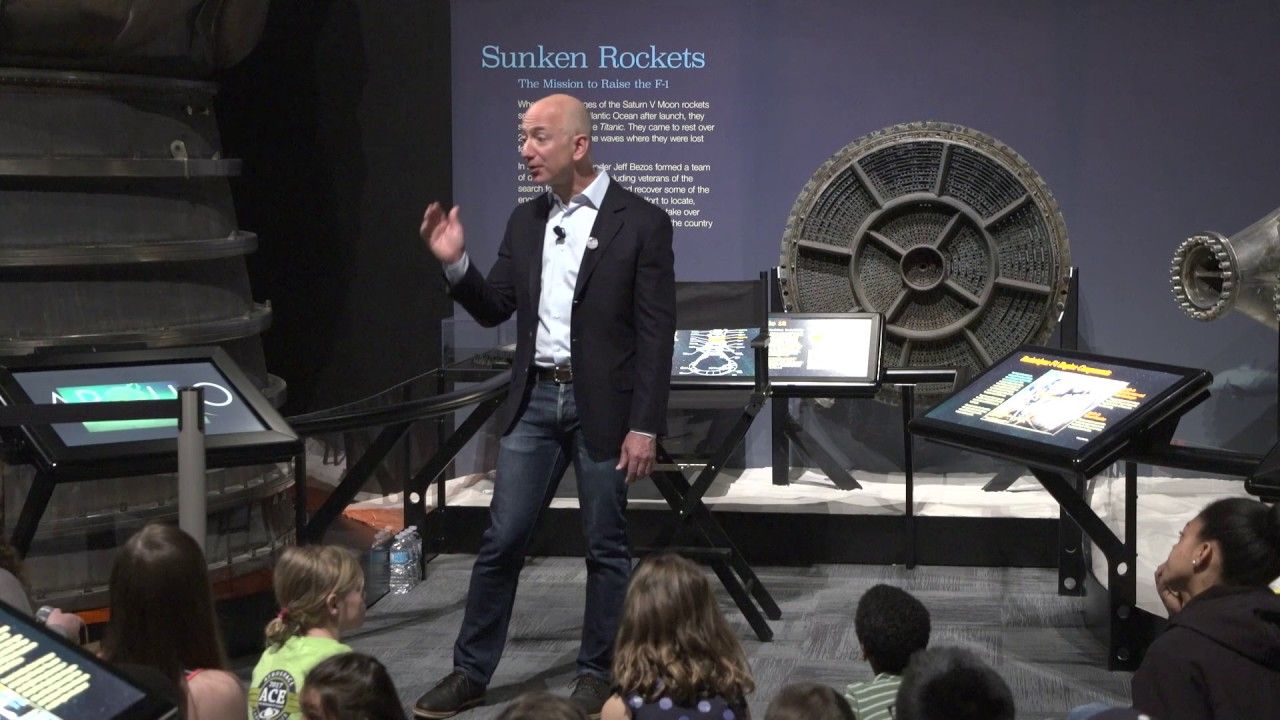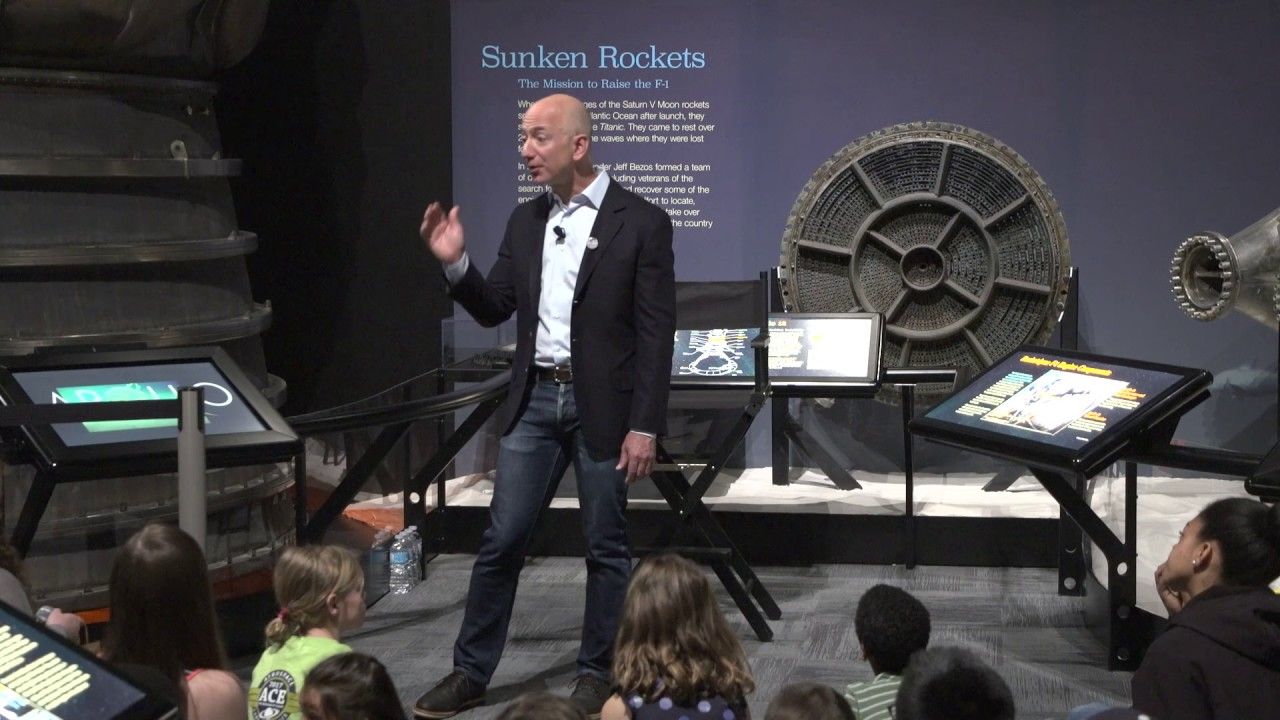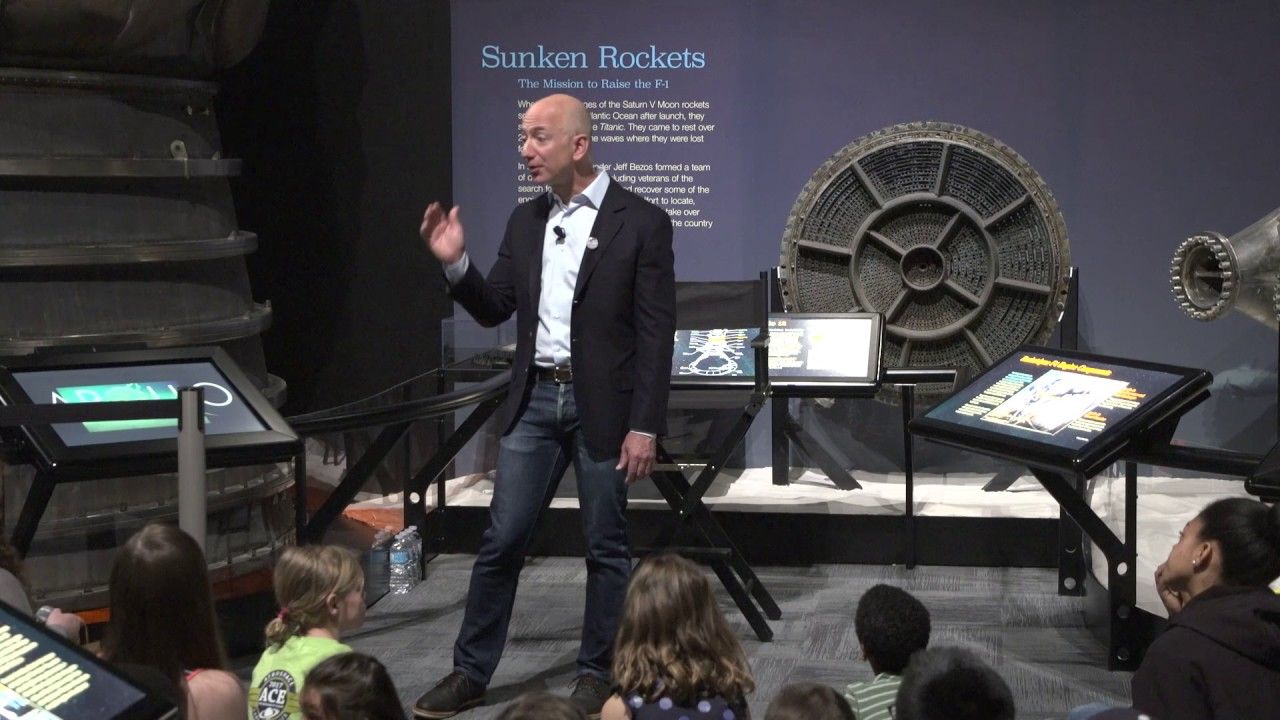
The X Prize Foundation has launched a number of competitions over the years that includes everything from addressing water quality and women’s safety to exploring the depths of the ocean, to sending rovers to the moon. Now, it’s assembled a supergroup of some of the world’s best-known science fiction authors to help the organization imagine what the future will look like.
The Science Fiction Advisory Council is made up of 64 advisors, which includes some of the biggest names from the world of science fiction literature, film, and television: Charlie Jane Anders, Paolo Bacigalupi, Cory Doctorow, Neil Gaiman, David Goyer, Nancy Kress, Annalee Newitz, Larry Niven, Bruce Sterling, J. Michael Straczynski, Charles Stross, Andy Weir, and many others. Eric Desatnik, X Prize’s senior public relations director, told The Verge in an e-mail that he brought the idea of the advisory council to the foundation’s founder, Peter Diamandis last year, who “said yes before I could even finish my sentence.”
The goal, he explains, “is to accelerate positive change in the world by bringing together” people who have already been doing just that. He noted that several of the foundation’s projects, were inspired directly by science fiction stories, including this the tricorder-style device that was awarded a $2.6 million prize.
Continue reading “X Prize assembled a supergroup of sci-fi authors to develop its next competitions” »

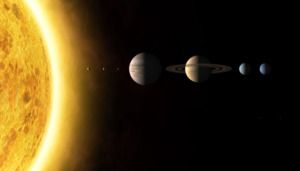 What’s wrong with this illustration of the planets in our solar system? »
What’s wrong with this illustration of the planets in our solar system? »
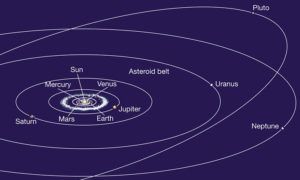 So, forget it lining up with anything, except on rare occasions, when it crosses the equatorial plane. On that day, you might get it to line up with one or two planets.
So, forget it lining up with anything, except on rare occasions, when it crosses the equatorial plane. On that day, you might get it to line up with one or two planets.
 Space is mostly filled with—well—space! Lots and lots of it. In fact, if Pluto and our own moon were represented by just a single pixel on your computer screen, you wouldn’t see anything around it. Even if you daisy chain a few hundred computer screens, you will not discern the outer planets. They are just too far away.
Space is mostly filled with—well—space! Lots and lots of it. In fact, if Pluto and our own moon were represented by just a single pixel on your computer screen, you wouldn’t see anything around it. Even if you daisy chain a few hundred computer screens, you will not discern the outer planets. They are just too far away.
